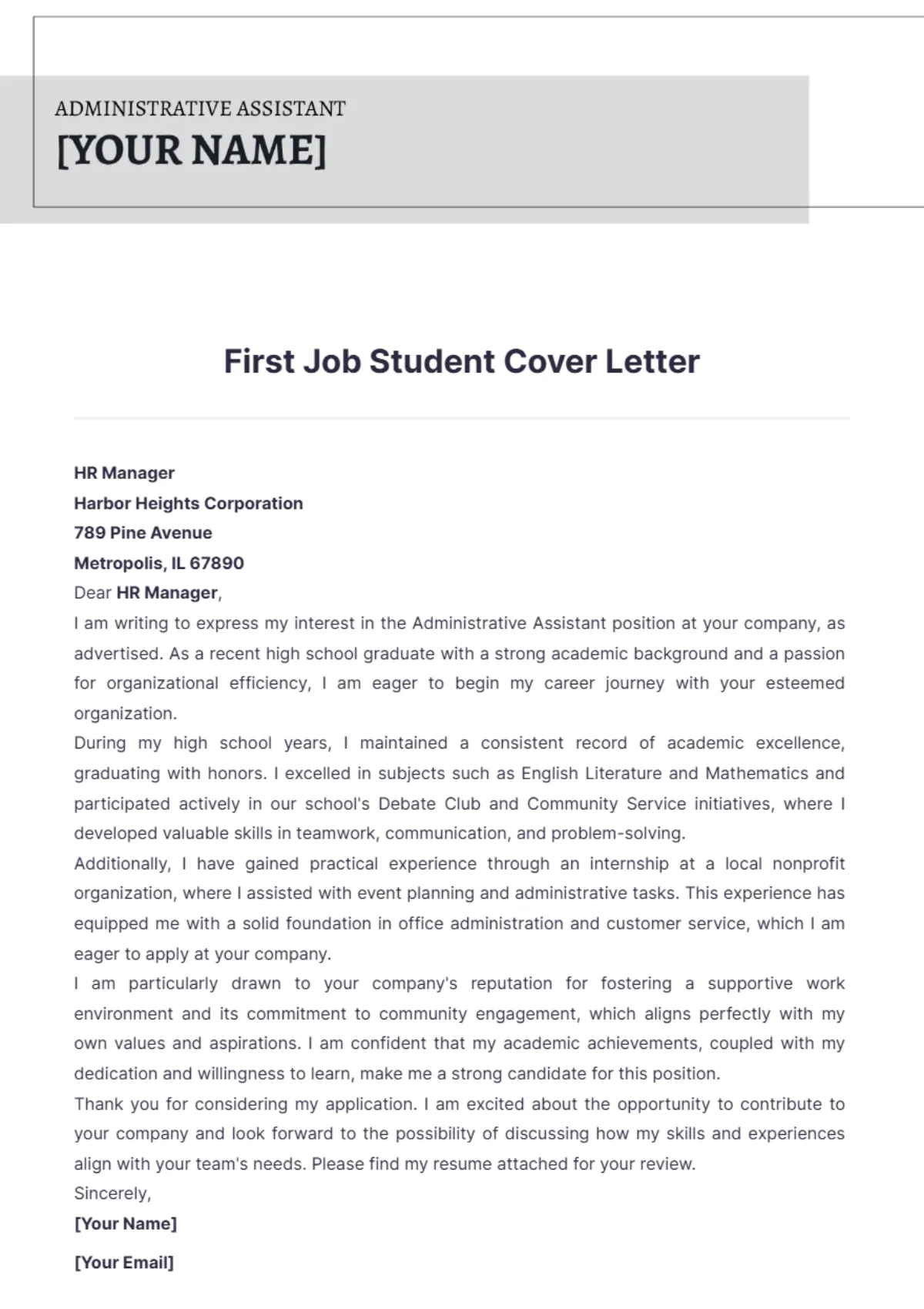Understanding the Importance of a First Job Cover Letter
A cover letter is your first impression with a potential employer, especially crucial when applying for your first job. It’s not just a formality; it’s a chance to introduce yourself, showcase your personality, and explain why you’re the right fit for the role. Unlike a resume, which is a factual summary of your skills and experiences, a cover letter allows you to tell your story, demonstrating your enthusiasm and how your abilities align with the job’s requirements. A well-written cover letter can significantly increase your chances of getting an interview, setting the stage for your career journey. This document serves as a vital tool to highlight your unique value proposition and make you stand out from other candidates.
Researching the Company and the Role
Before you start writing, thorough research is essential. Showing you’ve taken the time to understand the company’s mission, values, and recent activities demonstrates genuine interest and initiative. This proactive approach sets you apart from applicants who submit generic applications. Understanding the specific requirements of the role allows you to tailor your cover letter, ensuring you highlight the skills and experiences most relevant to the position. This targeted approach makes your application more impactful and increases your chances of success.
Why Company Research Matters
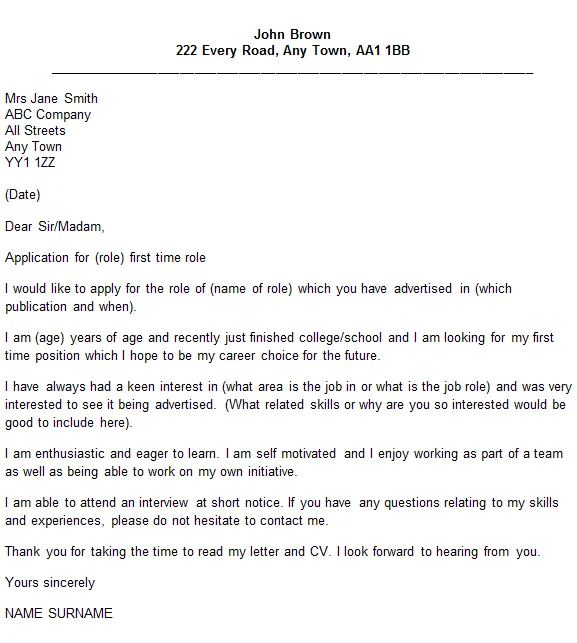
Company research allows you to align your skills and experiences with the company’s goals. It also provides context for your accomplishments. For example, if the company emphasizes teamwork, highlighting your collaborative experiences becomes crucial. Research can also unveil the company’s culture. This will enable you to adapt your writing style and tone to be suitable for the company. The more you know about the company, the better you can showcase your understanding of their needs and expectations, making your application more compelling.
Finding Information about the Role and Team
Carefully review the job description to identify the key skills, qualifications, and responsibilities. Look beyond the listed requirements to gain a deeper understanding of what the employer is looking for. Utilize resources such as the company website, LinkedIn profiles of current employees, and industry publications. This information provides insights into the team’s dynamics. Understanding the team’s structure, goals, and working style will enable you to tailor your application and present yourself as a good fit, increasing your appeal to the hiring manager and team members.
Crafting a Compelling Cover Letter
Once you have a solid understanding of the company and the role, start crafting your cover letter. The goal is to make it easy for the reader to grasp your key strengths. Keep the writing clear, concise, and well-organized, demonstrating professionalism and attention to detail. Use action verbs to describe your experiences. Customize your content to align with the specific requirements of the role. Make sure your cover letter is both engaging and persuasive, prompting the reader to learn more about you and consider you for an interview. Remember, this document should capture your personality and enthusiasm.
Opening Paragraph Essentials
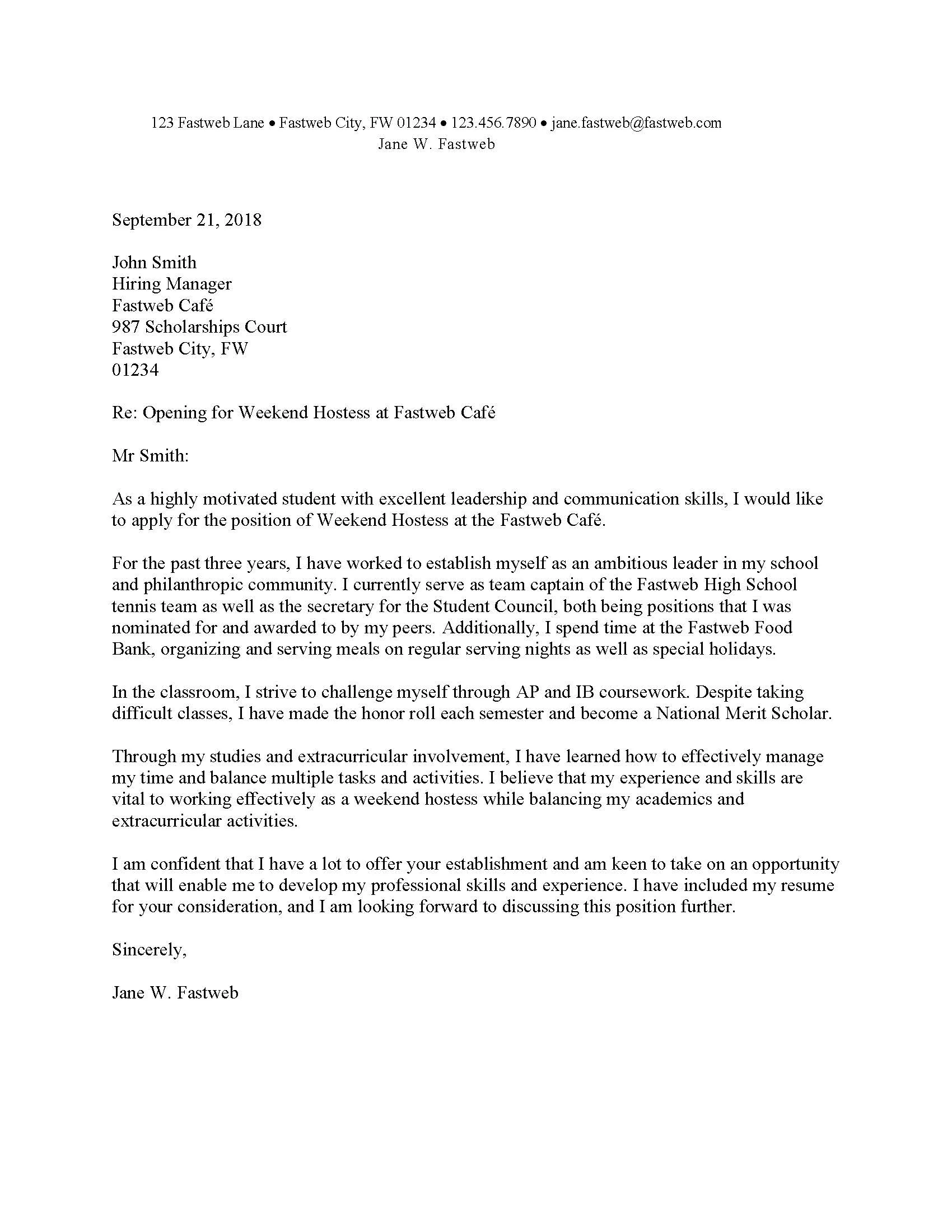
Your opening paragraph is the first impression, so make it count. Start with a strong, engaging hook that immediately captures the reader’s attention. Briefly state the position you’re applying for and mention how you learned about it. Immediately state your interest in the role and company, highlighting what made you want to apply. This is also an opportunity to provide a brief overview of your qualifications and skills, setting the stage for the rest of the letter. Avoid generic openings; instead, demonstrate your enthusiasm and tailor the paragraph to the specific job and company.
Highlighting Relevant Skills and Experiences
In the main body of your cover letter, focus on highlighting the skills and experiences most relevant to the job. Use specific examples from your education, volunteer work, extracurricular activities, or part-time jobs to illustrate your abilities. Quantify your achievements whenever possible. For example, if you improved a process, state by how much. Explain how your skills align with the requirements outlined in the job description. This section should show that you understand what the employer needs and that you possess the necessary qualities to succeed in the role.
Tailoring Your Cover Letter to the Job Description
The key to success is customization. Carefully analyze the job description, and identify the keywords and phrases the employer uses to describe the required skills and experience. Incorporate these terms naturally into your cover letter. Provide specific examples from your background that demonstrate how you possess the qualities the employer seeks. This targeted approach shows that you’ve taken the time to understand the role and that your skills are a direct match for the requirements. Ensure that every element of your letter supports your claims and resonates with the employer’s needs.
Quantifying Achievements and Using Action Verbs
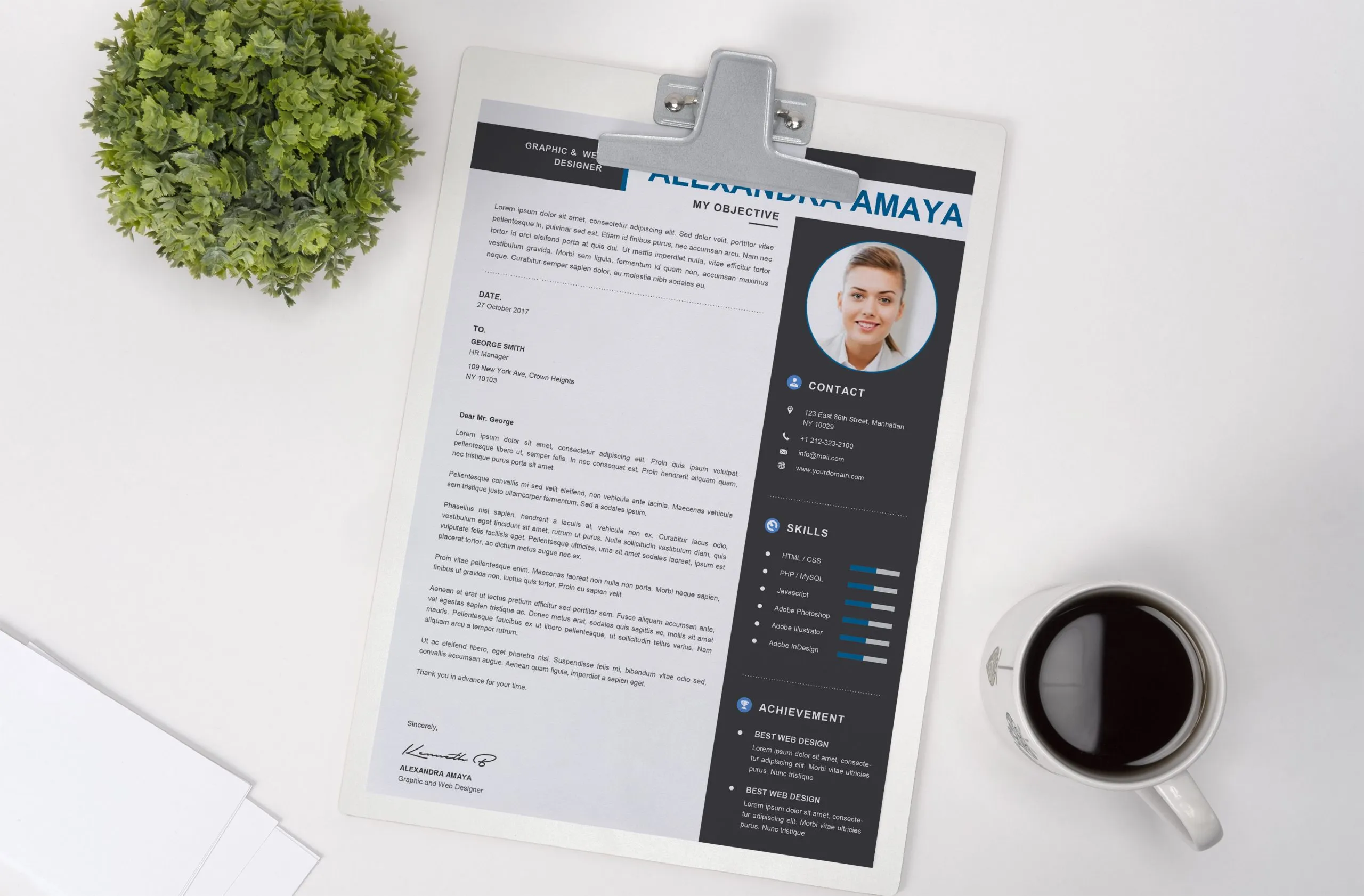
Whenever possible, use action verbs to describe your accomplishments. Instead of saying you ‘helped’ with a project, try ‘managed,’ ‘coordinated,’ or ‘implemented.’ Quantify your achievements whenever possible. For example, instead of saying you ‘increased sales,’ state by how much. Use metrics to make your achievements more concrete and impactful. This approach makes your application much stronger, more appealing, and creates a memorable impression for the reader. Numbers provide concrete proof of your success and capabilities.
Demonstrating Enthusiasm and Interest
Throughout your cover letter, convey your genuine enthusiasm for the role and the company. Show that you’ve researched the company, understand its mission and values, and are excited about the opportunity to contribute. Explain what specifically interests you about the position and the organization. You can talk about your aspirations and what you hope to achieve in the role. This enthusiasm will make you more memorable and will show the hiring manager that you are truly interested in the job. Make sure your tone is professional and respectful, while still conveying passion.
Closing the Cover Letter Effectively
Conclude your cover letter with a strong closing paragraph. Reiterate your interest in the position, and express your gratitude for the reader’s time and consideration. State your availability for an interview, and include a call to action. You could indicate that you’re eager to discuss your qualifications further. Provide your contact information, including your phone number and email address. Make sure to use a professional closing, such as ‘Sincerely’ or ‘Best regards’. A thoughtful and well-crafted conclusion will make your application stand out and reinforce the key message.
Proofreading and Formatting

Before submitting your cover letter, proofreading and formatting are essential. Spelling, grammar, and punctuation errors can make a negative impression, showing a lack of attention to detail. Take the time to carefully review your letter, and consider using a grammar checker. The presentation is also important. Ensure that your cover letter is easy to read, and well-organized. A clean and professional layout will help ensure your message is well received. Proper formatting is just as important as content, which ensures professionalism and clarity.
Checking for Errors and Ensuring Professionalism
Carefully proofread your cover letter for any errors in grammar, spelling, and punctuation. Mistakes can undermine your credibility and make a negative impression on the hiring manager. Use a grammar checker, but also read your letter aloud to catch any awkward phrasing or errors. Consider having a friend, family member, or career counselor review your letter for clarity and accuracy. Ensure that your tone is professional and that the content is relevant to the job. A polished cover letter demonstrates that you take your job search seriously.
Formatting Guidelines for a Polished Look
Use a standard font like Times New Roman, Arial, or Calibri. Use a font size between 10 and 12 points for readability. Maintain consistent margins (usually 1 inch) on all sides of the document. Use single spacing between lines and double spacing between paragraphs. Ensure that the document is well-organized, with clear headings and subheadings. Save your cover letter as a PDF to preserve the formatting. A clean, professional format will help ensure that your letter is easy to read and make a positive impression.
Following Up After Submitting Your Application
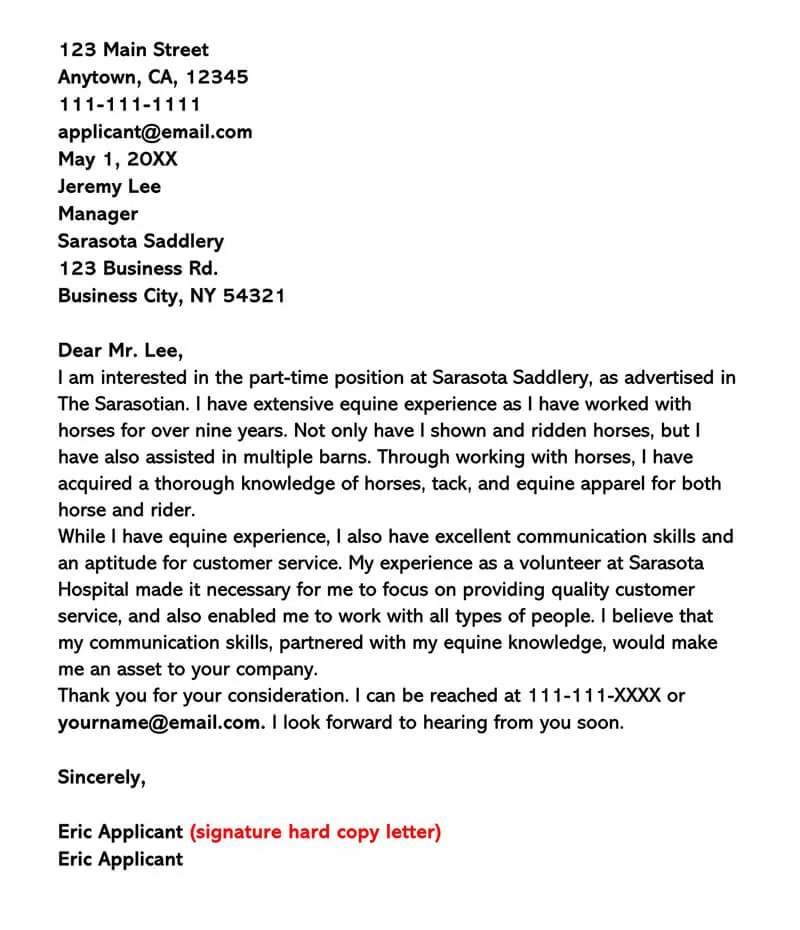
After submitting your application, follow up with the employer to express your continued interest. If a specific contact person is listed, send a brief email a week or so after submitting your application to inquire about the status of your application. Reiterate your enthusiasm for the role, and show your willingness to provide any additional information or clarification. If you don’t have a contact person, you can check the company’s website for the appropriate HR contact. Following up is a way to show your initiative and commitment to the role.
